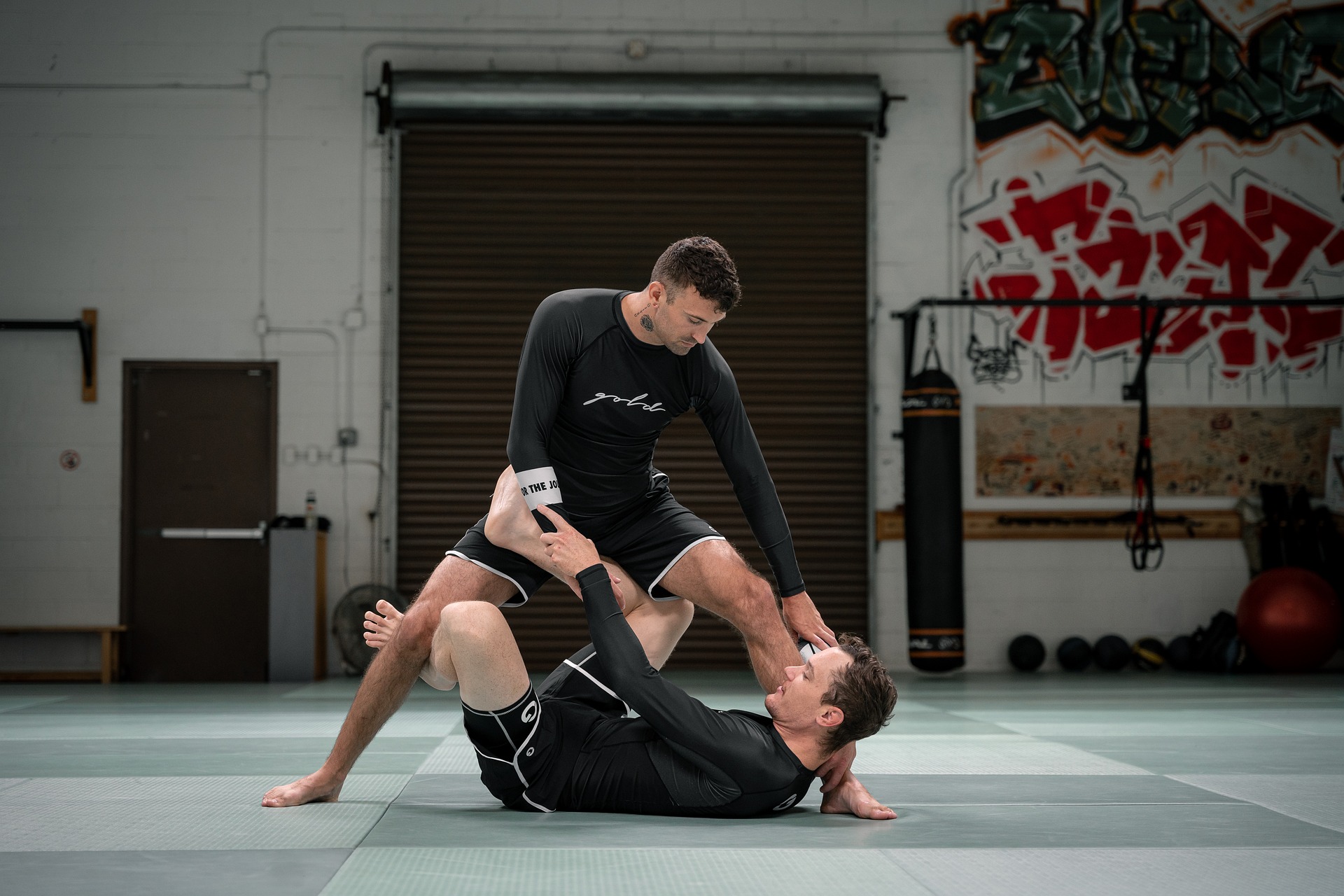Grappling with the Past: A Deep Dive into the History of Mixed Martial Arts
Mixed Martial Arts (MMA) is often mistaken as a modern phenomenon, born out of the Ultimate Fighting Championship (UFC) in the early 1990s. However, its roots trace back to ancient civilizations. The Greeks introduced a form of MMA known as Pankration to the Olympic Games in 648 BC, a brutal contest combining wrestling and boxing. However, the concept of combining various fighting styles into one discipline is an idea that transcends cultures and continents, from Brazil's Vale Tudo to Japan's shoot wrestling.

The Evolutionary Path: MMA’s Journey through the Ages
The growth of MMA as we know it today began in the early 20th century, driven by figures such as Bruce Lee, who advocated the benefits of integrating various martial arts. In the 1980s and 1990s, with the rise of the UFC, MMA started gaining global recognition. Despite initial controversies over its violent nature, MMA has evolved into a regulated, mainstream sport with a massive fan base.
Current Landscape: MMA in the Modern Era
Today, MMA is a multi-billion-dollar industry, with fighters demonstrating exceptional skill and athleticism. Training methods have advanced significantly, incorporating strength and conditioning, nutrition, and mental preparation. However, the sport is not without its challenges, such as an ongoing debate on fighter pay and the need for more stringent health and safety measures.
The Strategy within the Cage: An Analysis of MMA Techniques
MMA is a unique blend of striking and grappling disciplines. It requires fighters to be proficient in boxing, kickboxing, wrestling, and Brazilian Jiu-Jitsu, among others. This diversity of techniques adds a layer of complexity and strategy, making MMA a captivating spectacle. However, this also presents a challenge to fighters, who must master multiple disciplines while developing their unique fighting style.
Moving Forward: The Future of MMA
As the sport continues to grow, it’s likely we’ll see further evolution in training methodologies, rules, and athlete development. Virtual reality and data analytics are gradually finding their place in athlete training, offering new ways to enhance performance. However, the core values of respect, discipline, and sportsmanship must remain at the forefront of MMA’s future direction.
Mixed Martial Arts may be a relatively young sport in the context of human history, but its roots run deep. From ancient Pankration to modern-day MMA, the desire to test one’s skill, strength, and courage against an opponent remains a constant. As we look to the future, MMA will continue to captivate us with its dynamic blend of strategy, athleticism, and raw human spirit.





